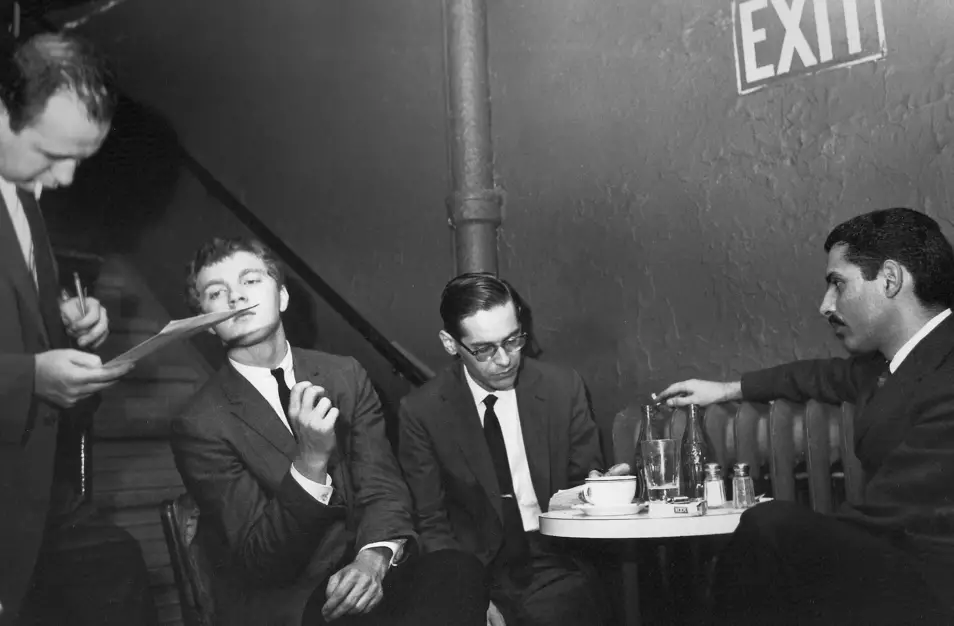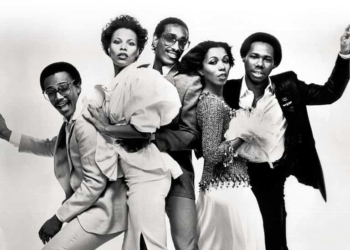We believe the best walking bass lines strikes the perfect balance between creativity and simplicity
Keeping things too basic can become monotonous, while a bassline that’s overly complicated could begin to dominate the song. The best walking basslines, however, always manage to straddle the line, no matter the style of music.

As a result, we created this list to highlight some of the best walking bass lines in recorded music history.
We’ve included songs from various musical eras and genres to keep the list as diverse as possible. In doing so, we hope to demonstrate how effective walking bass lines can be in enhancing a variety of tunes and why this form of playing has endured through the years.
This list is in no particular order, so let’s jump right into it!
Miles Davis - Solar
The first song on our list is an obvious choice. On ‘Solar,’ Percy Heath’s silky bassline provides the ideal support for Davis to soar above the chord changes flawlessly. He creates a sense of movement in the music by utilizing the entire range of the bass. He keeps things interesting while staying within the strict quarter-note pattern, using variation sparingly and at the right moments.
Thus, without altering its rhythm, this song is the perfect illustration of how lively a walking bassline can sound.
Queen - Crazy Little Thing Called Love
Walking bass lines aren’t just confined to straight-ahead jazz—they can also be the driving force behind a rock ‘n’ roll tune. One of the masterminds behind several of Queen’s biggest hits was John Deacon. From the infectious groove in ‘Under Pressure’ to the iconic bassline in ‘Another One Bites the Dust,’ Deacon proved himself to be a true hitmaker.
On ‘Crazy Little Thing Called Love,’ he takes a different approach with a wandering walking bassline. The song is irresistibly danceable, starting with smooth quarter notes that subtly shift from the beat.
There are also several interesting musical passages where the bass deviates from the main walking rhythm. But the strolling bass always returns, remaining a constant driving force throughout the song.
Glenn Miller - In The Mood
The next song on our list is a true classic instrumental piece, with a driving beat powered by a bouncy strolling bass line. When needed, the bass effortlessly moves around the fretboard, adding variety and keeping things dynamic.
This movement gives the bass line a wide range, perfectly complementing the upbeat mood of this timeless track.
Van Morrison - Moondance
John Klingberg’s bass line in ‘Moondance’ perfectly captures the song’s mood, though it stands apart from most of the other basslines on this list.
The walking bassline features relatively little harmonic movement, but this restraint creates a tight atmosphere that complements the verse’s mood and heightens the sense of resolution when transitioning to the chorus. It also highlights the importance of the chromatic scale in jazz bass playing and demonstrates how effective it can be when used thoughtfully.
Bill Evans - Autumn Leaves
Scott LaFaro’s bass line and solo on ‘Autumn Leaves,’ arguably the smoothest and most advanced walking bass line on our list, exemplify the crucial role of the bass in a trio, with flawless synchronicity.
Alongside the drums, it maintains a steady rhythm while introducing a fresh approach to walking bass. LaFaro’s use of counterpoint with the piano was revolutionary at the time. When needed, the bass line shifts up and down the neck, matching the piano’s intensity.
As a result, the bass line always feels integral to the band, grounding the song while also elevating its emotional depth.





